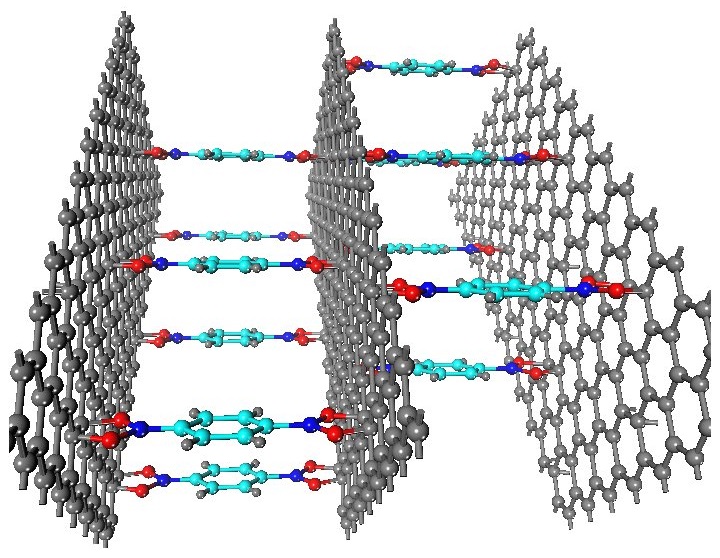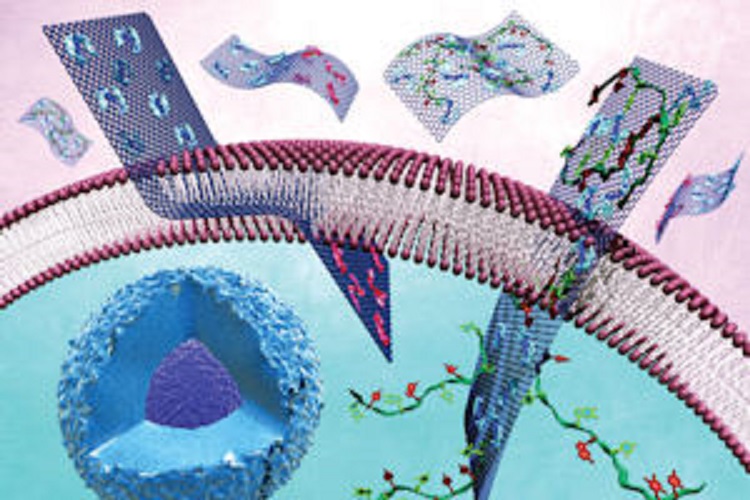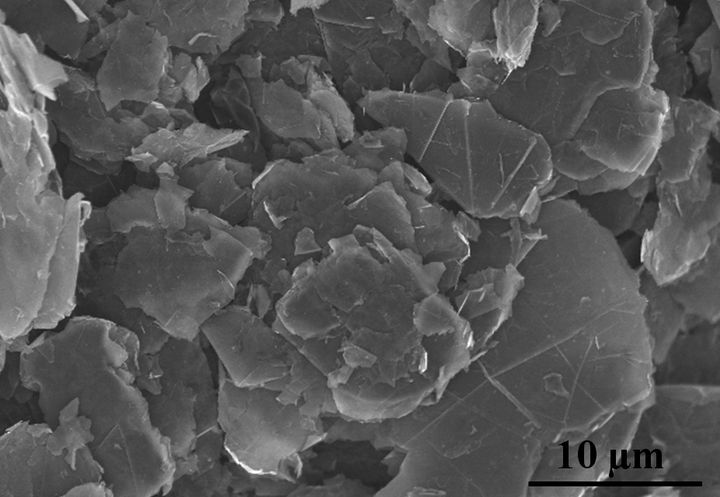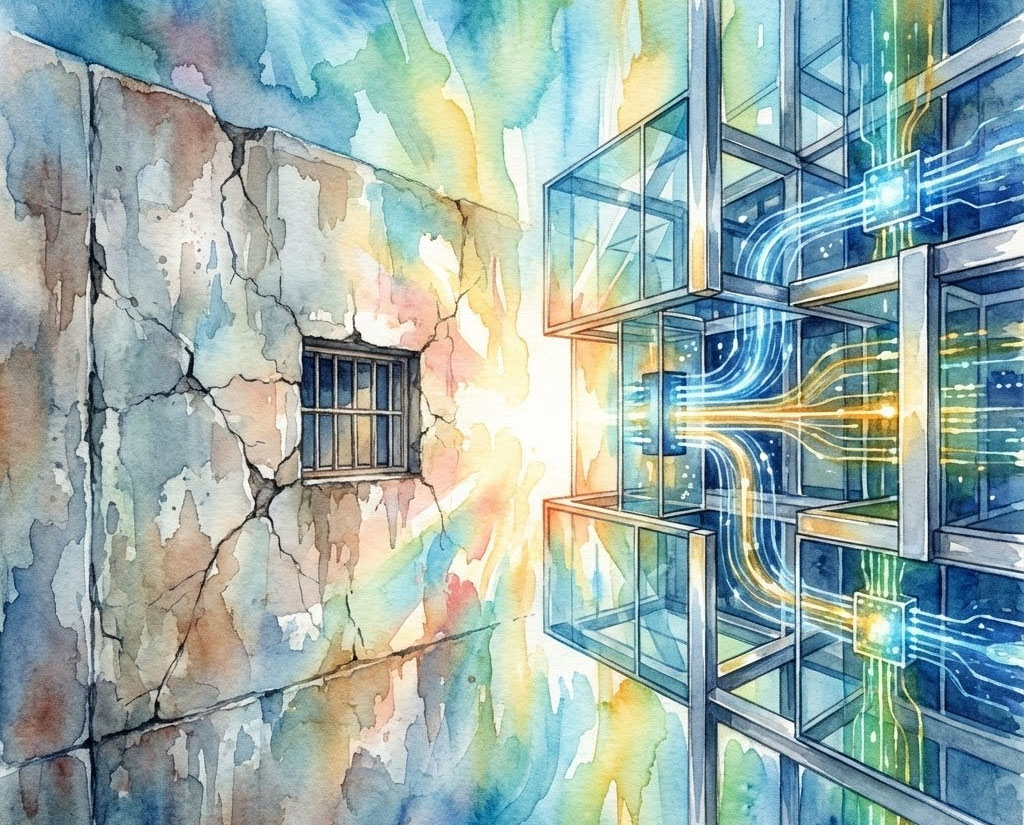
The limitless uses of graphene
Since it was first isolated in 2003, graphene has come to be viewed as something of a miracle material. Composed of carbon atoms arranged in two-dimensional hexagonal lattices that are a single atom thick, the material has demonstrated unique electromagnetic and structural properties. Little wonder then why it is being used for everything from semiconductors, electronics, batteries and composites to bullet proof vests and desalination.
Using graphene in research for cancer treatment
However, medical researchers the University of Manchester and the University of Calabria recently found another potential use for graphene - as a cancer treatment. After a series of tests uon Cancer stem cells (CSC), they discovered that graphene oxide (GO) targets and neutralizes these particularly hardy cancer cells. Though the reasons for this are not yet fully understood, it could lead to GO being used to prevent cancer turmors from recurring.
In the field of cancer research, CSCs are considered particularly nasty, and with good reason. They are immortal, divide rapidly, and are highly resistant to conventional treatments (such as chemotherapy and radiation). A single cell can develop into a ball (known as a tumor-sphere) on into new tumor cells with ease. This is what happens in matastasis, where cancer spreads from one organ to another part of the body not directly connected to it.

The atomic structure of graphene oxide. Credit: physicsworld.com
Researchers at the National Graphene Institute at the University of Manchester previously won the Nobel Prize for their groundbreaking work on graphene. And Dr Aravind Vijayaraghavan, a professor at the University of Manchester and memeber of the NGI, is recognized for his work with graphene-based condoms - an invention which earned him a research grant from the Bill and Melinda Gates Foundation in 2013.
Together with Professor Michael Lisanti - the chair of Breast Oncology at the Institute of Cancer Sciences, University of Manchester - they began investigating the potential of graphene for treating cancer. Already, GO has been researched as a potential targeted delivery mechanism in tumors, where it would provide the vehicle for which anti-cancer drugs could be delivered directly to cancer cells. It's own effects, however, remained to be seen.
As they explained in their research, which was published on February 24th in the medical journal Oncotarget: "Tumor-initiating cells (TICs), a.k.a. cancer stem cells (CSCs), are difficult to eradicate with conventional approaches to cancer treatment, such as chemo-therapy and radiation. As a consequence, the survival of residual CSCs is thought to drive the onset of tumor recurrence, distant metastasis, and drug-resistance, which is a significant clinical problem for the effective treatment of cancer. Thus, novel approaches to cancer therapy are needed urgently, to address this clinical need."

Graphene oxide flakes interacting with cell membranes. Credit: K. Novoselov/graphene.manchester.ac.uk
The research results
Towards this end, the research teams began testing how CSCs from six types of cancer - breast, pancreatic, lung, brain, ovarian and prostate - reacted when subjected to GO. After CSCs were treated with the GO solution for 48 hours, the research teams found that GO was able to interrupt the ability of CSCs in all cancer types to proliferate by forming spheres, and forced them to differentiate into non-cancer stem cells.
In this way, the GO solution managed to take the CSC out of commission, preventing it from ever being able to create tumors in the future. While the reasons for this are not yet clear, the current predominant theory is that GO interferes with the signalling pathways in the cell membranes, curbing the proliferation mechanism. Equally important was the fact that GO itself did not harm healthy skin cells.
And while Dr. Vijayaraghavan, Dr. Lisanti and their team of researchers acknowledge that the mechanisms behind this medical marvel need to be better understood before it can become a regular treatment option, the ability to destroy cancer stem cells (while leaving healthy tissue unharmed) is an important component in the treatment of cancer, which requires that existing tumors be killed while preventing them from recurring.
In addition, the research could also be a major contribution to the field of nano-therapy and medicine, two burgeoning fields of research where microscopic delivery mechanisms take the fight to disease by attacking them (and only them) at the cellular level. And of course, this research is yet another win for graphene, a meta-material whose use is becoming a major industry in its own right.
Top image: graphene-supermarket.com
Sources:
- www.medscape.com/viewarticle/738857_4
- www.graphene.manchester.ac.uk/latest.php
- www.ncbi.nlm.nih.gov/pubmed/25708684
- www.materials.manchester.ac.uk/news-and-events/
- www.sciencedaily.com/releases/2015/02/150225082915.htm
- www.gizmag.com/graphene-oxide-interferes-cancer-stem-cells/36272/
- www.extremetech.com/extreme/199972-graphene-shown-to-neutralize-cancer-stem-cells
- www.impactjournals.com/oncotarget/index.php?journal=oncotarget&page=article&op=view&path[]=3348
- www.forbes.com/sites/jenniferhicks/2015/02/28/graphene-shows-promise-in-eradication-of-stem-cancer-cells/
- www.news-medical.net/news/20150225/Scientists-use-graphene-to-target-neutralise-cancer-stem-cells.aspx








